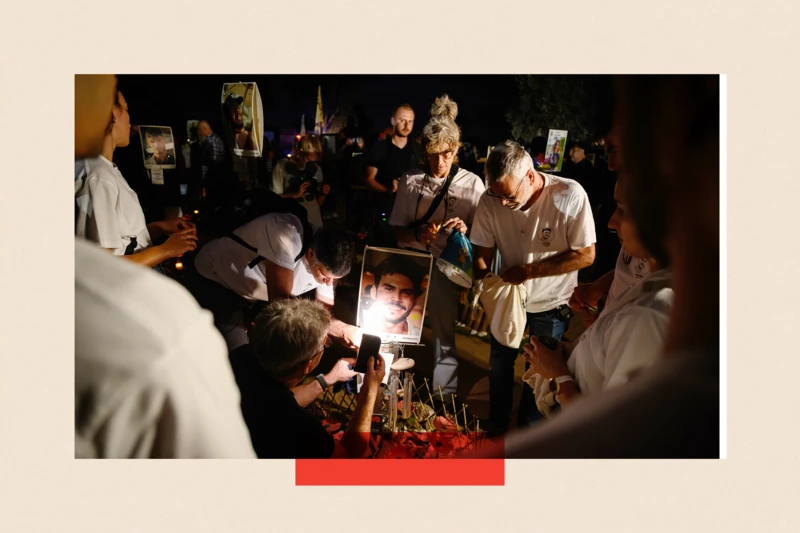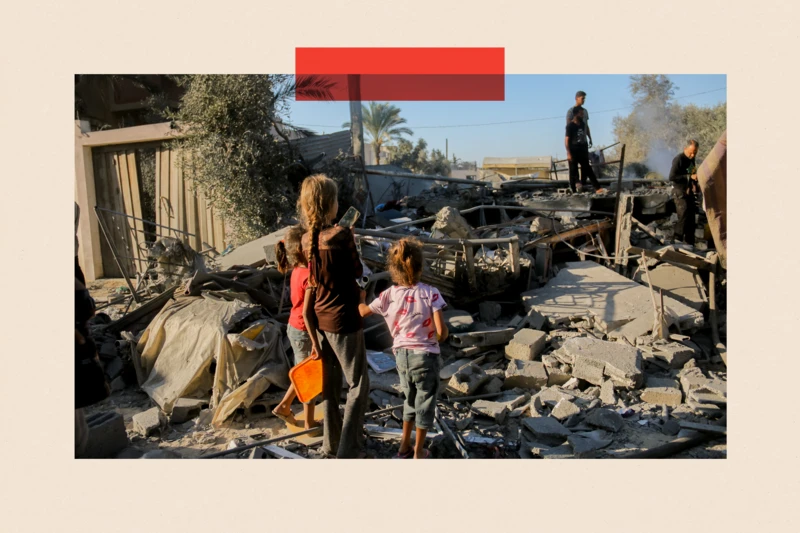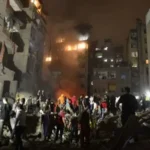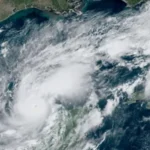How Can the Ongoing Conflict in the Middle East Be Resolved?
The ongoing conflict in the Middle East has reached alarming heights, with a shocking escalation that has led to significant casualties on both sides. A year ago, the situation appeared relatively stable, but following the October 7 attacks by Hamas, the Israeli-Palestinian conflict resurfaced in the headlines, catching many by surprise. U.S. National Security Adviser Jake Sullivan had remarked just a week before the attacks that the region was calmer than it had been in two decades, making the current violence even more jarring.

In the aftermath of the recent violence, over 41,000 Palestinians have lost their lives, with 2 million people displaced in Gaza. The death toll in the West Bank has also risen, while Lebanon has witnessed over 2,000 fatalities and a significant number of displaced individuals. The violence has not spared Israel either; more than 1,200 Israelis were killed on October 7, with additional casualties among military personnel due to the ongoing conflict with Hamas.
The situation has also drawn in various regional actors, with rockets launched at Israel from Iraq and Yemen, alongside missile exchanges between Israel and Iran. Despite extensive diplomatic efforts by the U.S., including presidential visits and military deployments, the conflict continues unabated. The focus on the broader regional implications has overshadowed the lives of ordinary Gazans and Israelis who are caught in the crossfire.

As the violence escalates, many Israelis and Palestinians feel sidelined. Some Israelis, affected by the chaos, voice concerns that their government has ignited a “meaningless war” that has united potential adversaries against them. Conversely, other Israelis view the attacks as a rallying point for defending their state against longstanding threats.
The question now is, where is this leading? The region is politically volatile, and as the U.S. approaches its presidential elections, immediate diplomatic initiatives seem unlikely. The priority remains to prevent broader regional conflict while addressing the mounting tensions. Prime Minister Netanyahu’s recent statements indicate a shift toward a more assertive Israeli military strategy, raising concerns about future confrontations.
While there are some frameworks for managing the crisis, the path to resolution appears distant. The ongoing fighting has stifled discussions about rebuilding Gaza or addressing the Israeli-Palestinian conflict meaningfully. Unless a ceasefire can be negotiated amid escalating tensions, the prospect of diplomacy seems remote. The future of the region hangs in the balance as all parties grapple with the unfolding crisis, and the potential for renewed diplomatic efforts remains uncertain.







